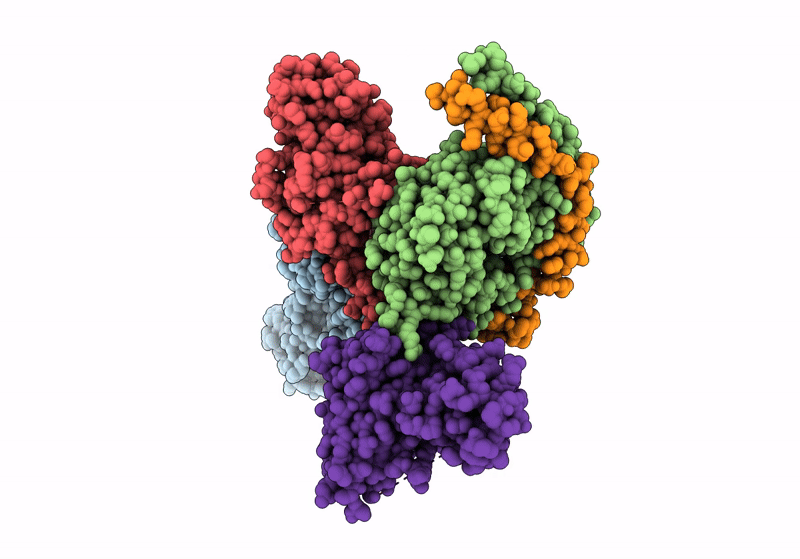
Deposition Date
2023-02-24
Release Date
2024-01-03
Last Version Date
2024-11-06
Entry Detail
PDB ID:
8IJ3
Keywords:
Title:
Cryo-EM structure of human HCAR2-Gi complex without ligand (apo state)
Biological Source:
Source Organism:
Homo sapiens (Taxon ID: 9606)
Host Organism:
Method Details:
Experimental Method:
Resolution:
3.28 Å
Aggregation State:
PARTICLE
Reconstruction Method:
SINGLE PARTICLE


